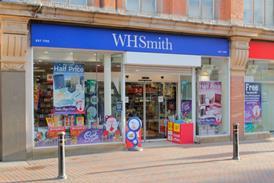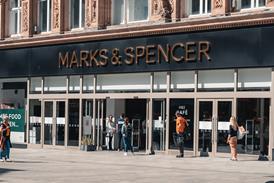More than 11,000 shops shut in 2020 as Covid hammers high streets

More than 11,000 shops closed their doors for good in the UK last year and another 18,000 could follow in 2021 as the coronavirus crisis hammers Britain’s high streets.
A total of 9,877 premises operated by chains and 1,442 independent shops, restaurants and leisure venues shut permanently across England, Scotland and Wales during 2020, according to the Local Data Company (LDC).
However, retail locations across Britain may not yet have felt the full impact of the coronavirus pandemic, experts have warned.
LDC predicts that up to 18,000 more shops, restaurants and leisure outlets could be vacated this year amid the fallout from the collapse of major retailers including Debenhams and Sir Philip Green’s Arcadia Group.
Already have an account? Sign in here



















